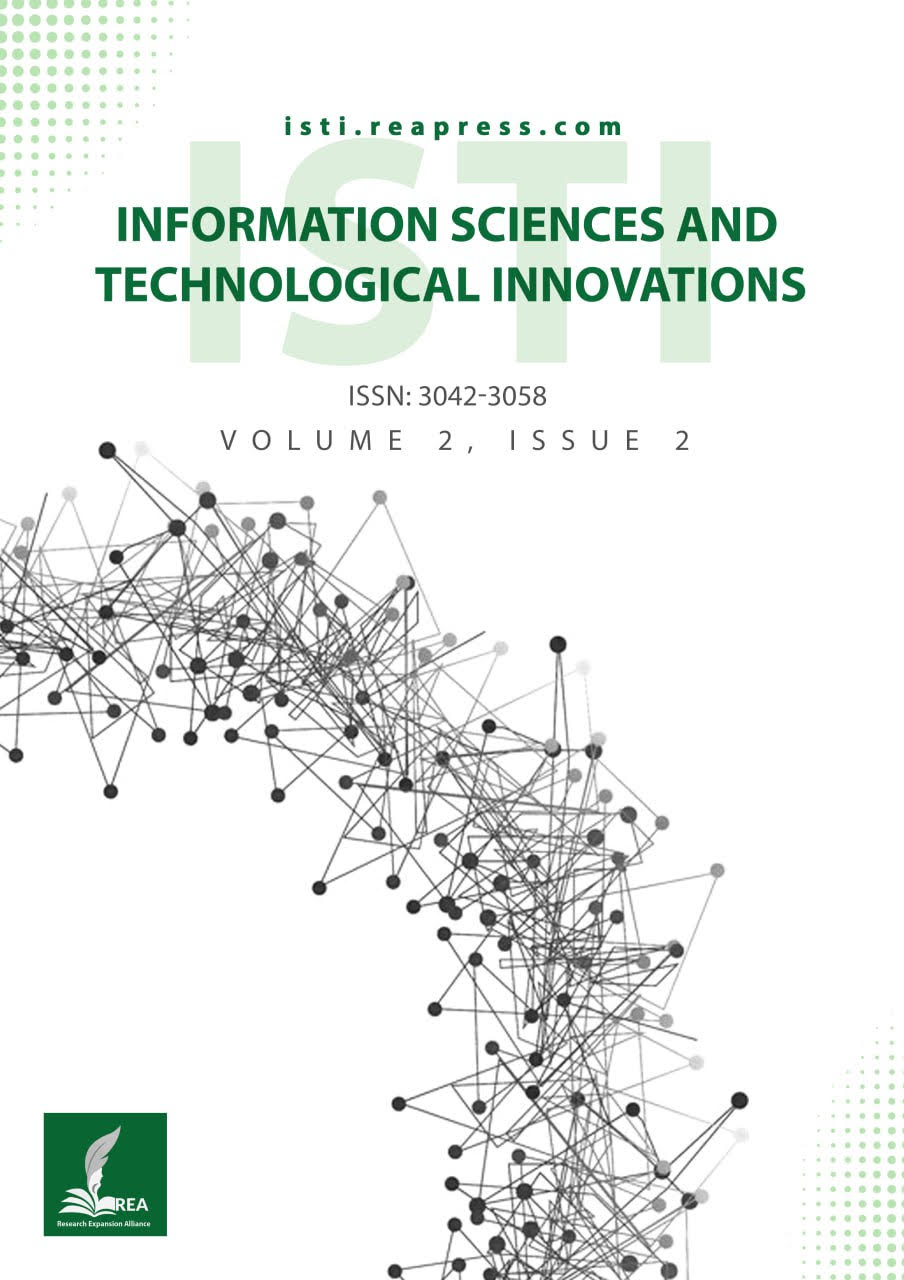Edge-Cloud Enabled Multimodal Framework for Real-Time Pneumonia Detection Using Wearable Sensor
Abstract
Pneumonia continues to be a major reason for sickness and death worldwide in places with limited resources and among older people. Spotting it is key to step in and get better results for patients. However, the usual ways to diagnose it often take too long and aren't easy to access. This study proposes and validates a novel edge cloud integrated framework that leverages multimodal wearable sensors and deep learning for the pre-symptomatic detection of pneumonia. The system continuously acquires and analyzes high frequency physiological data (Respiratory Rate (RR), Heart Rate (HR), SpO₂, body temperature) and event driven acoustic biomarkers (cough sounds) through a distributed architecture. An intelligent edge module performs local preprocessing and anomaly triage, selectively transmitting only flagged anomalous data to a cloud-based multimodal deep learning model, which then performs sophisticated risk stratification. We trained and validated our framework on a composite dataset including public repositories (MIMIC-III, Coswara) and a clinically supervised deployment in two Nigerian hospitals, totaling over 12,000 patient hours. The model achieved an area under the curve of 0.947, with a sensitivity of 94.3% and a specificity of 90.1%, demonstrating its potential as a scalable, interpretable, and privacy preserving system for proactive respiratory health monitoring.
Keywords:
Pneumonia, Deep learning, Edge-cloud computing, Convolutional neural network, Wearable sensorReferences
- [1] Cretikos, M. A., Bellomo, R., Hillman, K., Chen, J., Finfer, S., & Flabouris, A. (2008). Respiratory rate: the neglected vital sign. Medical journal of australia, 188(11), 657–659. https://www.mja.com.au/system/files/issues/188_11_020608/cre11027_fm.pdf
- [2] World Health Organization. (2017). Pneumonia. https://www.who.int/health-topics/pneumonia#tab=tab_1
- [3] Rajpurkar, P., Irvin, J., Zhu, K., Yang, B., Mehta, H., Duan, T., … & Others. (2017). Chexnet: Radiologist-level pneumonia detection on chest x-rays with deep learning. ArXiv preprint arxiv:1711.05225. https://doi.org/10.48550/arXiv.1711.05225
- [4] Sharma, N., Krishnan, P., Kumar, R., Ramoji, S., Chetupalli, S. R., Ghosh, P. K., … & Others. (2020). Coswara-a database of breathing, cough, and voice sounds for COVID-19 diagnosis. ArXiv preprint arxiv:2005.10548. https://doi.org/10.21437/Interspeech.2020-2768
- [5] Sharma, S., & Guleria, K. (2023). A deep learning based model for the detection of pneumonia from chest X-ray images using VGG-16 and neural networks. Procedia computer science, 218, 357–366. https://doi.org/10.1016/j.procs.2023.01.018
- [6] Vidhya, B., Nikhil Madhav, M., Suresh Kumar, M., & Kalanandini, S. (2022). AI based diagnosis of pneumonia. Wireless personal communications, 126(4), 3677–3692. https://doi.org/10.1007/s11277-022-09885-7%0A%0A
- [7] Xu, J., & Wang, Y. (2025, March). FMT: a multimodal pneumonia detection model based on stacking MOE Framework. In 2025 8th international conference on information and computer technologies (ICICT) (pp. 517-521). IEEE. https://doi.org/10.1109/ICICT64582.2025.00087
- [8] Rancea, A., Anghel, I., & Cioara, T. (2024). Edge computing in healthcare: Innovations, opportunities, and challenges. Future internet, 16(9), 329. https://doi.org/10.3390/fi16090329
- [9] Rashid, A. B., Asma, J., Barua, K., & Das, D. (2025). An enhanced deep learning framework for pneumonia detection in chest X-rays. SN computer science, 6(5), 472. https://doi.org/10.1007/s42979-025-04017-x%0A%0A
- [10] Kelvin-Agwu, M. C., Mustapha, A. Y., Mbata, A. O., Tomoh, B. O., & Forkuo, A. Y. (2023). Development of AI-assisted wearable devices for early detection of respiratory diseases. Journal of Frontiers in Multidisciplinary Research, 4(1), 967–974. https://doi.org/10.54660/.IJFMR.2025.6.1.64-72
- [11] Sathupadi, K., Achar, S., Bhaskaran, S. V., Faruqui, N., Abdullah-Al-Wadud, M., & Uddin, J. (2024). Edge-cloud synergy for AI-enhanced sensor network data: A real-time predictive maintenance framework. Sensors, 24(24), 7918. https://doi.org/10.3390/s24247918
- [12] Al-Waisy, A. S., Mohammed, M. A., Al-Fahdawi, S., Maashi, M. S., Garcia-Zapirain, B., Abdulkareem, K. H., … & Le, D. N. (2021). COVID-DeepNet: Hybrid multimodal deep learning system for improving COVID-19 pneumonia detection in chest X-ray images. Computers, materials and continua, 67(2), 2409–2429. https://doi.org/10.32604/cmc.2021.012955
- [13] Rajaraman, S., Candemir, S., Thoma, G., & Antani, S. (2019). Visualizing and explaining deep learning predictions for pneumonia detection in pediatric chest radiographs. Medical imaging 2019: computer-aided diagnosis (Vol. 10950, pp. 200-211). SPIE. https://doi.org/10.1117/12.2512752
- [14] Sanches, I., Gomes, V. V, Caetano, C., Cabrera, L. S. B., Cene, V. H., Beltrame, T., … & Penatti, O. A. B. (2024). MIMIC-BP: A curated dataset for blood pressure estimation. Scientific data, 11(1), 1233. https://doi.org/10.1038/s41597-024-04041-1%0A%0A
- [15] Lundberg, S. M., & Lee, S. I. (2017). A unified approach to interpreting model predictions. https://doi.org/10.48550/arXiv.1705.07874
- [16] Toruner, M. D., Shi, V., Sollee, J., Hsu, W. C., Yu, G., Dai, Y. W., … & Others. (2025). Artificial intelligence-driven wireless sensing for health management. Bioengineering, 12(3), 244-262. https://doi.org/10.3390/bioengineering12030244


